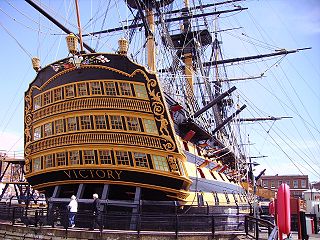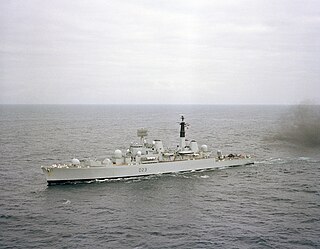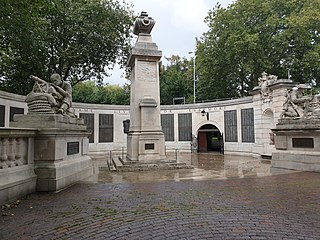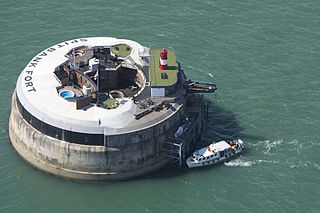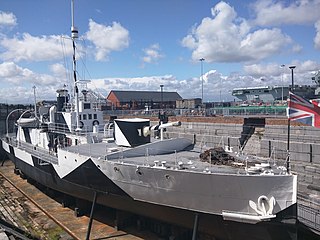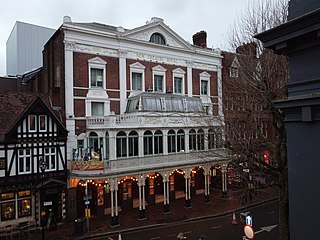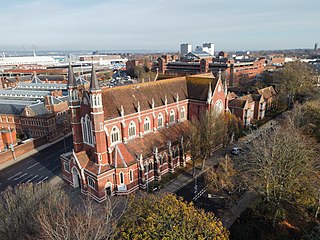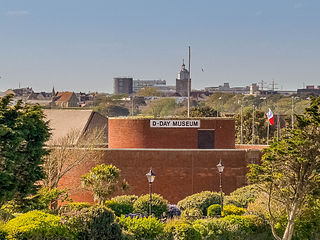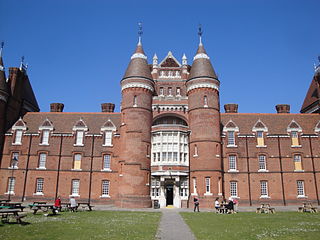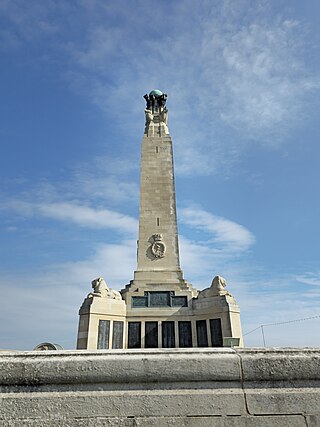14 Sights in Portsmouth, United Kingdom (with Map and Images)
Legend
Welcome to your journey through the most beautiful sights in Portsmouth, United Kingdom! Whether you want to discover the city's historical treasures or experience its modern highlights, you'll find everything your heart desires here. Be inspired by our selection and plan your unforgettable adventure in Portsmouth. Dive into the diversity of this fascinating city and discover everything it has to offer.
Activities in PortsmouthHMS Victory is a 104-gun first-rate ship of the line of the Royal Navy. She was ordered in 1758, laid down in 1759, and launched in 1765. With 246 years of service as of 2024, she is the world's oldest naval vessel still in commission.
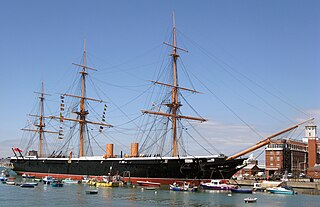
HMS Warrior is a 40-gun steam-powered armoured frigate built for the Royal Navy in 1859–1861. She was the name ship of the Warrior-class ironclads. Warrior and her sister ship HMS Black Prince were the first armour-plated, iron-hulled warships, and were built in response to France's launching in 1859 of the first ocean-going ironclad warship, the wooden-hulled Gloire. Warrior conducted a publicity tour of Great Britain in 1863 and spent her active career with the Channel Squadron. Obsolescent following the 1873 commissioning of the mastless and more capable HMS Devastation, she was placed in reserve in 1875, and was "paid off" – decommissioned – in 1883.
3. HMS Bristol
HMS Bristol (D23) was a Type 82 destroyer, the only vessel of her class to be built for the Royal Navy. Bristol was intended to be the first of a class of large destroyers to escort the CVA-01 aircraft carriers projected to come into service in the early 1970s but the rest of the class and the CVA-01 carriers were cancelled as a result of the 1966 Defence White Paper which cut defence spending.
4. Portsmouth War Memorial
The City of Portsmouth War Memorial, also referred to as the Guildhall Square War Memorial, is a First World War memorial in Guildhall Square in the centre of Portsmouth, Hampshire, on the south coast of England. Portsmouth was and remains a port and home to a major naval dockyard. The dockyard and the armed forces provided much of the employment in the area in the early 20th century. As such, the town suffered significant losses in the First World War. Planning for a war memorial began shortly after the end of the conflict and a committee was established for the purpose. It selected a site adjacent to a railway embankment close to the Town Hall and chose the architects James Gibson and Walter Gordon, with sculptural elements by Charles Sargeant Jagger, from an open competition.
5. Spitbank Fort
Spitbank Fort or Spitsand Fort or Spit Sand Fort or simply Spit Fort is a sea fort built as a result of the 1859 Royal Commission. The fort is one of four built as part of the Palmerston Forts constructions. Located in the Solent, near Portsmouth, England, and is now in private ownership following its sale after a period as a luxury hotel.
6. Portsdown Hill
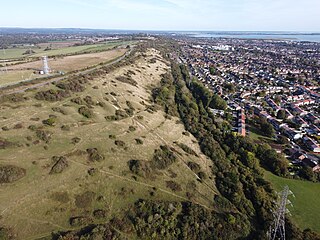
Portsdown Hill is a long chalk ridge in Hampshire, England. The highest point of the hill lies within Fort Southwick at 131 m above sea level. The ridge offers good views to the south over Portsmouth, the Solent, Hayling Island and Gosport, with the Isle of Wight beyond. The hill is on the mainland, just to the north of Ports Creek, which separates the mainland from Portsea Island, on which lies the main part of the city of Portsmouth, one of the United Kingdom's main naval bases. To the north lies the Forest of Bere, with the South Downs visible in the distance. Butser Hill can be seen on a clear day. The hill is formed from an inlier of chalk which has been brought to the surface by an east–west upfold of the local strata known as the Portsdown Anticline.
7. HMS Monitor M33
HMS M33 is an M29-class monitor of the Royal Navy. Built in 1915, she saw active service in the Mediterranean during the First World War and in Russia during the Allied Intervention in 1919. She was used subsequently as a mine-laying training ship, fuelling hulk, boom defence workshop and floating office, being renamed HMS Minerva and Hulk C23 during her long life. She passed to Hampshire County Council in the 1980s and was then handed over to the National Museum of the Royal Navy in 2014. A programme of conservation was undertaken to enable her to be opened to the public. HMS M33 is located within Portsmouth Historic Dockyard and opened to visitors on 7 August 2015 following a service of dedication. She is one of only three surviving Royal Navy warships of the First World War and the only surviving Allied ship from the Gallipoli Campaign, the other being the Ottoman minelayer Nusret, preserved in Çanakkale.
8. New Theatre Royal
The New Theatre Royal is a Victorian Grade II* listed theatre in the heart of Portsmouth, England, with a capacity of 648. The theatre building was constructed in 1854 as Landport Hall. It was converted to a theatre two years later. It was rebuilt in 1884 by Charles J. Phipps and again in 1900 by Frank Matcham.
9. Bastion 1 Hilsea Lines
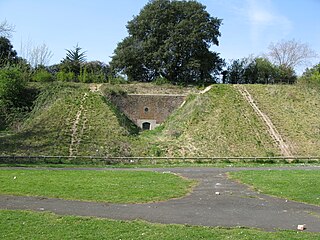
The Hilsea Lines are a line of 18th- and 19th-century fortifications built at Hilsea to protect the northern approach to Portsea Island, an island off the southern coast of England which forms the majority of the city of Portsmouth and its key naval base. They are now used as a greenspace and leisure area, also known locally as Foxes Forest.
10. Cathedral of St John the Evangelist
The Cathedral Church of St John the Evangelist is a Roman Catholic cathedral in Portsmouth, England. It is the mother church of the Portsmouth diocese and seat of the Bishop of Portsmouth, currently the Right Reverend Philip Egan. It was dedicated on 10 August 1882.
Wikipedia: Cathedral of St John the Evangelist, Portsmouth (EN)
11. D-Day Museum
The D-Day Story is a visitor attraction located in Southsea, Portsmouth in Hampshire, England. It tells the story of Operation Overlord during the Normandy D-Day landings. Originally opened as the D-Day Museum in 1984 by Queen Elizabeth The Queen Mother, it reopened as the D-Day Story, following a refurbishment funded by a £5 million Heritage Lottery grant, in March 2018. The museum building was designed by the then city architect Ken Norrish.
12. Portsmouth Millenium Tri-Sail
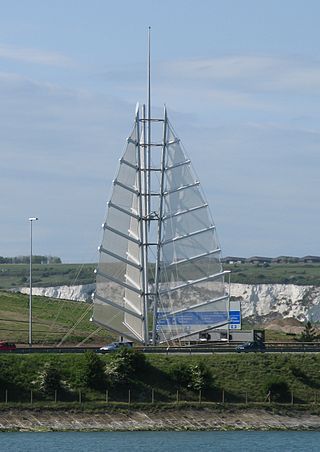
The Tri-Sail, commonly referred to as the Sails of the South, is a 43 m (141 ft)–high structure situated between two carriageways of the M275 motorway just outside Portsmouth, England. It was unveiled in March 2001 in order to enhance the entrance to the city as part of the regeneration scheme The Gateway Project. HGP Architects, whose offices are located in Fareham less than 5 miles (8.0 km) away, realised the scheme and installation. The structure is one of the tallest in Portsmouth.
13. City Museum
Portsmouth Museum is a local museum in Museum Road in the city of Portsmouth, southern England. It is one of six museums run by Portsmouth Museums, part of Portsmouth City Council. The museum is housed in a Grade II listed building.
14. Royal Naval War Memorial
The Portsmouth Naval Memorial, sometimes known as Southsea Naval Memorial, is a war memorial in Portsmouth, Hampshire, England, on Southsea Common beside Clarence Esplanade, between Clarence Pier and Southsea Castle. The memorial commemorates approximately 25,000 British and Commonwealth sailors who were lost in the World Wars, around 10,000 sailors in the First World War, and 15,000 in the Second World War. The memorial features a central obelisk, with names of the dead on bronze plaques arranged around the memorial according to the year of death.
Share
How likely are you to recommend us?
Disclaimer Please be aware of your surroundings and do not enter private property. We are not liable for any damages that occur during the tours.
